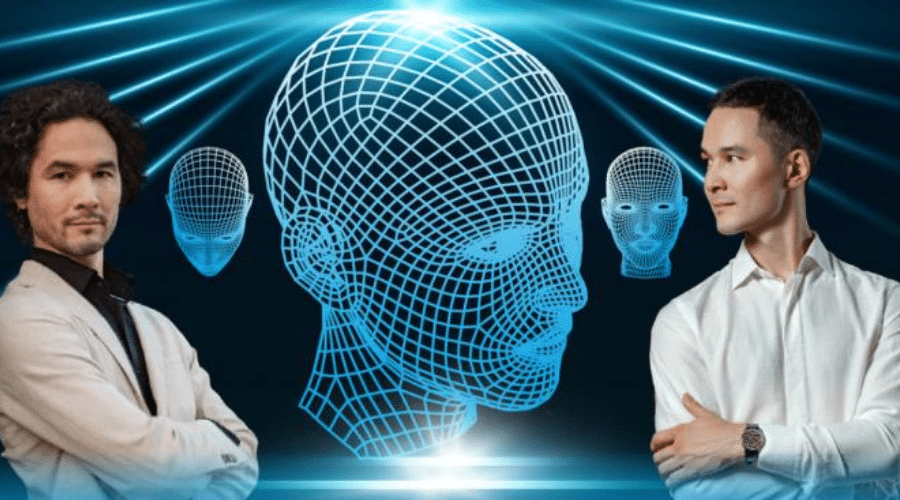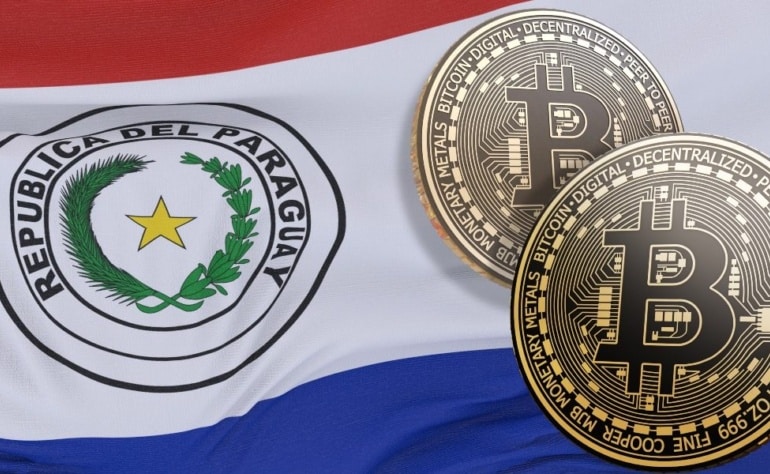Lado Okhotnikov discusses motion capture’s integral role in Meta Force Metaverse, aiming for realistic, immersive experiences, with plans for haptic feedback and improving animations.
Key Takeaways
- Lado Okhotnikov emphasizes the importance of motion capture for realism in the Metaworld.
- The motion capture technology used in Meta Force aims to create an immersive and lifelike experience.
- Plans for haptic feedback hint at further advancements in the Metaworld’s realism.
- Challenges lie ahead, especially in replicating animal behavior for a more realistic Metaworld.
In the ever-evolving realm of virtual worlds, the Meta Force Metaverse, led by visionary Lado Okhotnikov, is pushing the boundaries of realism. In a recent interview, Okhotnikov discussed the pivotal role of motion capture technology in achieving the project’s ultimate goal – an immersive and lifelike Metaworld.
Metaworld
Drawing parallels with renowned video games like Halo 4, LA Noire, and Beyond: Two Souls, where actors not only voiced characters but also performed physical actions, Okhotnikov emphasized the significance of lifelike movements. He envisions a Metaworld where users are fully immersed, unable to discern any artificial elements.
Okhotnikov highlighted that replicating realistic movements in virtual reality, where improvisation plays a key role, presents unique challenges. The team behind Meta Force has been working tirelessly to achieve this. Early experiments involved applying motion capture technology to Okhotnikov himself, creating a digital avatar that closely mirrored his real-life movements. While there were occasional awkward moments, the project’s team, including motion designers, played a crucial role in refining the animations.
JUST IN: Motion Capture in the Meta Force Metaverse: Lado Okhotnikov on an Integral Part of the Project
— Crypto Chiefs News (@CryptoChiefNews) October 27, 2023
Going Next Level
Moreover, Meta Force is not stopping there. Okhotnikov hinted at plans to implement haptic feedback, taking immersion to new heights. This innovation could potentially revolutionize the way users experience the Metaworld.
While motion designers contribute to enhancing the realism, the project faces a looming challenge when dealing with animal behavior. Replicating the unpredictable movements of animals is more complex than human motions, but it’s a crucial step in creating a truly realistic Metaworld that accommodates both people and animals.
To Conclude
Meta Force, spearheaded by Lado Okhotnikov, represents a groundbreaking shift in the virtual world landscape. The project’s dedication to achieving maximum realism and blurring the lines between reality and virtuality is commendable. As technology advances, the prospect of a fully immersive and decentralized Metaworld is tantalizingly close, promising a future where users can interact with the virtual environment in unprecedented ways. Stay tuned for more updates on Meta Force as it continues to push the boundaries of what’s possible in the Metaverse.



